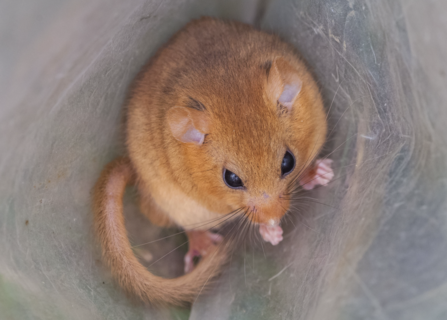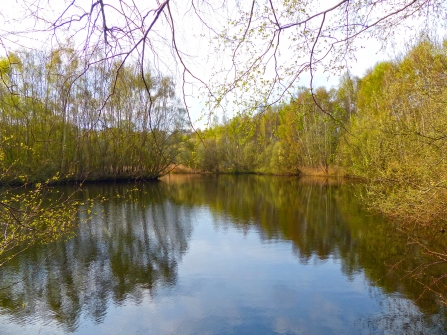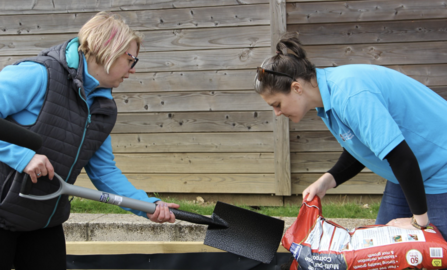State of Nature Report
Having worked for 15 years in the national Biological Records Centre, I’m very aware how difficult it is to derive robust change statistics from nature data. Over 30-40 years, changes become very apparent, but updating them to sound news-worthy every 3-4 years is a challenge; yet up-to-date reports are essential for our work. We need the best modern science to guide our actions and make our work as effective as possible. It also gains media attention for our cause.
State of Nature contains few surprises: long-term trends are well known, the shock is that things are not improving, and many are getting worse. For centuries, land use change has hit wildlife hard: most of our lowland forests were cleared before the Romans arrived in Britain, and ‘riverine forest’ was functionally extinct as a habitat when we lost our beavers (but watch this space!). The Industrial Revolution was polluting our air, soil and water, exterminating hundreds of lichen and moss species from central England, a century before most of the world. ‘War agriculture’ ploughed up many ancient habitats and pushed plant species toward extinction. Post-war pesticides and artificial fertilisers transformed arable land into the ecological desert we see today. The latest generation of pesticides - neonicotinoids – could be even more damaging than DDT. And it’s gradually becoming apparent that excess nitrate and phosphate in soil and water (and nitrogen compounds even in rain water) have an insidious but effect devastating effects on natural vegetation, just as sewage and run-off poison rivers.
Overlaying all this, adding stress and uncertainty to populations already on the edge, the climate crisis and unpredictable extreme weather events pushes species further north – we’ve already lost a dozen species of ferns and horsetails from the BCN area.
So, State of Nature documents all that’s wrong:
- Land use change and fragmentation of habitats
- Agricultural intensification
- Pollution
- Climate crisis




